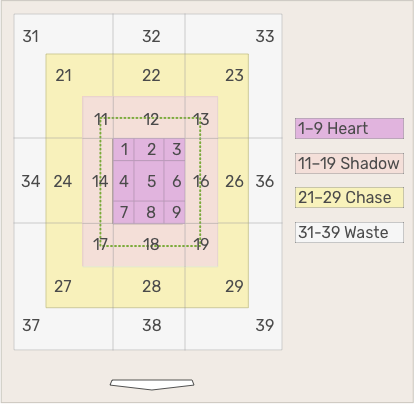A Conversation With Cleveland Pitching Prospect Tanner Burns
Cleveland develops pitchers as well as any team in baseball, and that’s good news for Tanner Burns. The second of the club’s two first round picks last summer, Burns has an Auburn University pedigree and a high ceiling. He also has some question marks, as evidenced by Eric Longenhagen — who acknowledged that he’s “a little lighter on Burns than the industry consensus” — having ranked the 22-year-old right-hander conservatively at No. 20 on the team’s 2021 Top Prospects list. Baseball America is somewhat more bullish on Burns, slotting him at No. 15 on their own list.
The Decatur, Alabama native has pitched solidly in his first two appearances of the season. In a pair of starts for the High-A Lake County Captains, Burns has allowed four hits and two runs, with one walk and 13 strikeouts, his fastball sitting 94-95 and topping out at 96. He discussed his approach to pitching, and the influences of Tim Hudson and Casey Mize, following his initial outing.
———
David Laurila: Let’s start with an icebreaker I’ve used several times in the past: Do you consider pitching to be more of an art, or more of a science?
Tanner Burns: “I feel it’s more of an art. I try to keep it plain and simple, like straight vanilla. With my release points, I think ‘off my right ear’ to go inside on a righty, ‘off my nose’ for down the middle,’ and ‘off my left ear’ for away to a righty.’ So I kind of take it as an art, delivering my pitches, letting it come off my hand.” Read the rest of this entry »

